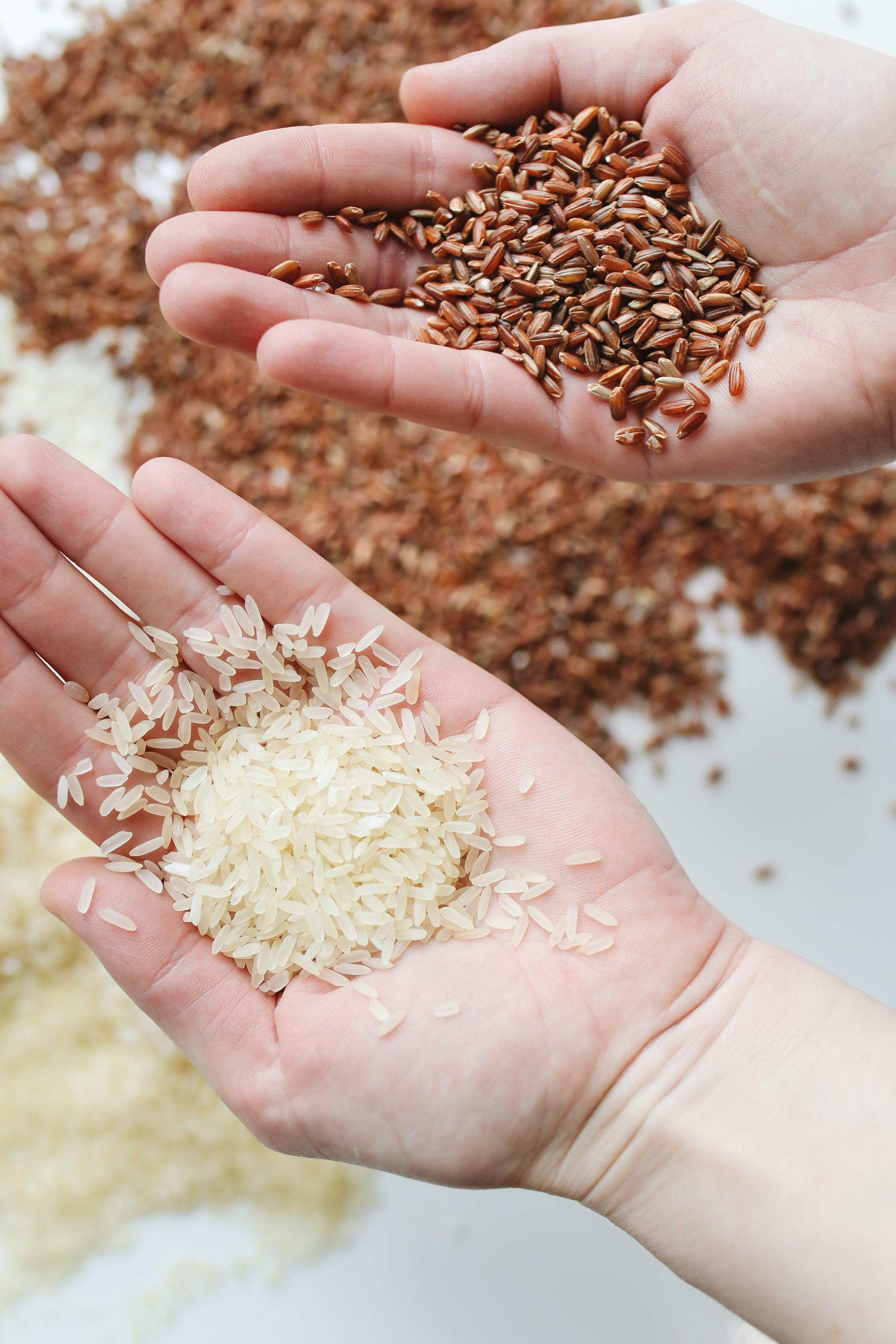
Overview and Fundamentals of a Low Purine Diet
In recent years, the significance of diet in managing health issues like gout has gained prominence. The low purine diet has emerged as a paramount consideration for individuals seeking to reduce uric acid levels and improve their overall well-being. Understanding this dietary approach can empower individuals to make informed decisions about their food choices and lifestyle.
The low purine diet revolves around limiting purine-rich foods that contribute to uric acid production. Elevated uric acid levels are primarily associated with gout, a type of arthritis characterized by painful flare-ups. By adopting this diet, individuals aim to alleviate symptoms, enhance joint health, and promote a better quality of life. Furthermore, embracing a low purine lifestyle is beneficial for weight management and reducing inflammation.
This article will delve into the fundamentals of a low purine diet, offering practical insights on the types of foods to consume and avoid. By providing delicious low purine recipes and meal planning strategies, we aim to equip readers with the knowledge to transition smoothly into this dietary regimen. From understanding purine-rich foods to learning how to enjoy balanced meals, we’ll cover the essentials you need for success.
Key Takeaways:
- Understand the benefits of a low purine diet in managing gout.
- Identify low purine foods, recipes, and meal planning strategies.
- Learn tips for maintaining a healthy lifestyle while managing purine intake.
Essential Low Purine Foods for a Healthier Diet
Building on the fundamental aspects of a low purine diet, it’s crucial to identify specific foods that are beneficial for managing uric acid levels. By incorporating the right selections into your meal plans, you can effectively combat the symptoms of gout while still enjoying diverse and nutritious meals.
Low Purine Fruits and Vegetables
Fruits and vegetables are cornerstones of a low purine diet. They are naturally low in purines and provide essential nutrients and antioxidants that may help reduce inflammation. Some outstanding options include:
- Fruits: Cherries are highly recommended for their ability to lower uric acid levels and reduce gout attacks. Other excellent choices are apples, pears, and oranges.
- Vegetables: Leafy greens like spinach and kale, as well as cruciferous veggies such as broccoli and cauliflower, are rich in vitamins and minerals without elevating purine levels.
Low Purine Grains and Dairy
Grains and dairy products can provide a wholesome source of energy and nutrients on a low purine diet. When selecting grains, opt for:
- Whole grains: Brown rice, quinoa, and oats are low in purines and high in fiber.
- Dairy products: Low-fat milk, yogurt, and cheese are all great options, contributing to calcium intake while remaining purine-friendly.
Low Purine Proteins: Seafood and Meat Options
While most meats should be limited, there are still low purine proteins worth considering. Fish such as salmon, as well as lean poultry like chicken, can be included in moderation. Aim to prepare these simply, such as grilling or baking, to maintain their nutritional integrity without adding excessive fats.
With these food items in mind, you can start creating a thoughtful meal plan that balances nutrient needs while adhering to a low purine diet. This approach naturally leads us to practical meal recipes and preparation tips.
Crafting Delicious Low Purine Recipes
When transitioning to a low purine diet, many individuals may worry about the taste and variety of their meals. Luckily, there is a plethora of low purine recipes that can make healthy eating both enjoyable and fulfilling. Let’s explore some creative ways to incorporate flavor while adhering to dietary guidelines.
Low Purine Breakfast Ideas
Breakfast is a vital meal for starting your day right. Consider these low purine options:
- Oatmeal: Prepare a bowl of oatmeal using almond milk, topped with cherries or sliced bananas for natural sweetness.
- Fruit Smoothies: Blend spinach with low-fat yogurt and fruits like berries for a refreshing drink that’s both nutritious and filling.
Low Purine Lunch Recipes
When it comes to lunchtime, you can enjoy vibrant salads or hearty grain bowls. Try:
- Quinoa Salad: Toss cooked quinoa with diced cucumbers, tomatoes, and a dressing of lemon juice and olive oil.
- Vegetable Stir-fry: Use a combination of bell peppers, zucchini, and broccoli, seasoned lightly, served over brown rice.
Low Purine Dinner Options
Dinner is your chance to indulge a bit more in flavor and creativity. Consider recipes like:
- Baked Salmon: Season salmon with herbs and bake it as a main dish, pairing it with a side of steamed vegetables.
- Stuffed Peppers: Fill bell peppers with a mixture of brown rice and black beans, seasoned with spices for a satisfying dish.
Transitioning to these meal ideas enables you to embrace a delicious and fulfilling low purine diet without compromising on taste. This naturally leads us to examining the health benefits that accompany such dietary changes.
Health Benefits of a Low Purine Diet
Embracing a low purine diet offers diverse health advantages that extend beyond managing gout, positively impacting overall well-being. Let’s delve into some key benefits.
Reducing Uric Acid Levels
By actively limiting purine intake, individuals can significantly reduce uric acid levels in their body. This process is crucial for preventing gout flare-ups and may even minimize the frequency of attacks in chronic gout sufferers.
Weight Management and Metabolic Health
Many people adopting a low purine diet find it conducive to weight loss due to healthier food choices. The emphasis on fruits, vegetables, and whole grains means individuals naturally consume fewer calories while enjoying larger portion sizes.
Anti-Inflammatory Benefits
The anti-inflammatory properties of many low purine foods, particularly fruits and vegetables, can lead to improved joint health and reduced chronic inflammation. Such benefits are essential for those managing conditions like arthritis.
Additionally, incorporating a low purine diet has implications for kidney health, an often overlooked aspect, which we will explore in the next section.

Maintaining Low Purine Diet for Optimal Health
Maintaining a low purine diet can be a sustainable and effective approach to optimizing health, particularly for individuals with gout or high uric acid levels. To achieve long-lasting results, consider the following strategies.
Meal Planning and Preparation
Engaging in meal planning can greatly assist in maintaining a low purine diet. Preparing meals in advance allows individuals to avoid impulsive, poor food choices. Consider setting aside a few hours each week for meal prep, ensuring you have a variety of low purine options readily available.
Hydration and Beverage Choices
Staying well hydrated is essential for managing uric acid levels. Aim to drink at least eight glasses of water per day. Additionally, opting for low purine beverages such as herbal teas, and avoiding alcohol, can significantly benefit your health.
Utilizing Supplements Wisely
In some cases, low purine supplements may aid in promoting joint health and managing inflammation. Always consult with a healthcare professional before introducing new supplements to your diet.
By embracing these maintenance strategies, individuals can reap the long-term benefits of a low purine diet effectively. Following these practices leads us to a set of common questions about low purine diets and their practical implementation.
Frequently Asked Questions about Low Purine Diets
This section addresses common inquiries about low purine diets, shedding light on effective management techniques.
What foods should I avoid on a low purine diet?
Avoid foods high in purines, such as organ meats, red meats, certain seafood (like sardines and anchovies), and alcoholic beverages.
Can I enjoy sweets while on a low purine diet?
Yes, you can indulge in sweets occasionally. Focus on desserts made from low purine ingredients like fruit or low-fat dairy.
How can I monitor my purine intake effectively?
Keeping a food diary can be helpful. Note down the foods consumed and their estimated purine levels to stay within recommended limits.
Are there lifestyle changes that can aid my diet?
Regular physical activity, maintaining a healthy weight, and avoiding certain medications can contribute positively to managing uric acid levels.
What are some success stories related to low purine diets?
Many individuals report improved symptoms and overall health after adopting a low purine diet. It’s essential to share experiences and provide mutual support within communities.
Engaging with these frequently asked questions can further empower individuals to embrace a low purine diet successfully.

By navigating the comprehensive aspects of a low purine diet—from understanding essentials to exploring recipes and engaging with practical tips—individuals can adapt their eating habits for enhanced health, especially for those managing gout. This dietary approach not only provides the means to control purine intake but also fosters a healthier lifestyle, paving the way for long-term wellness.